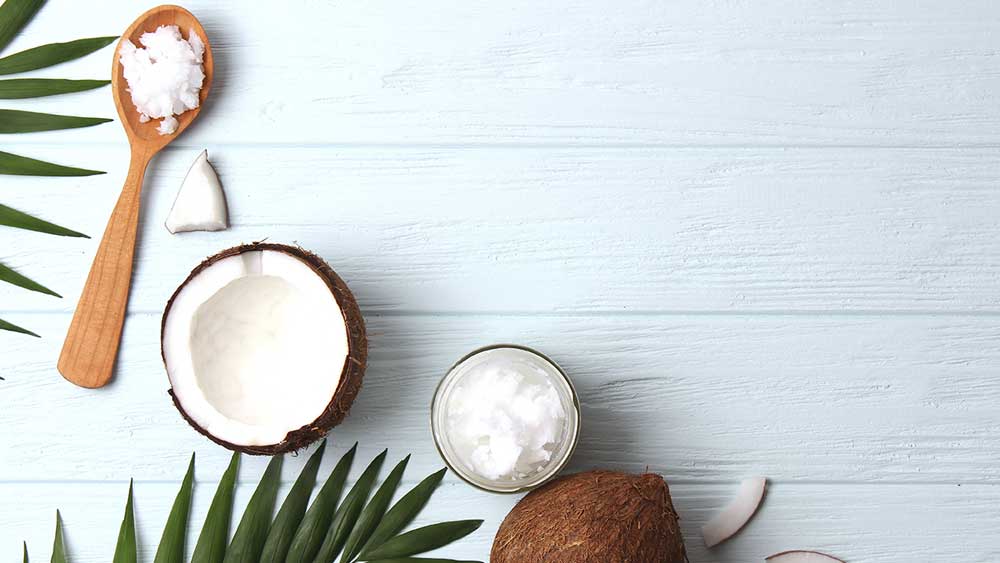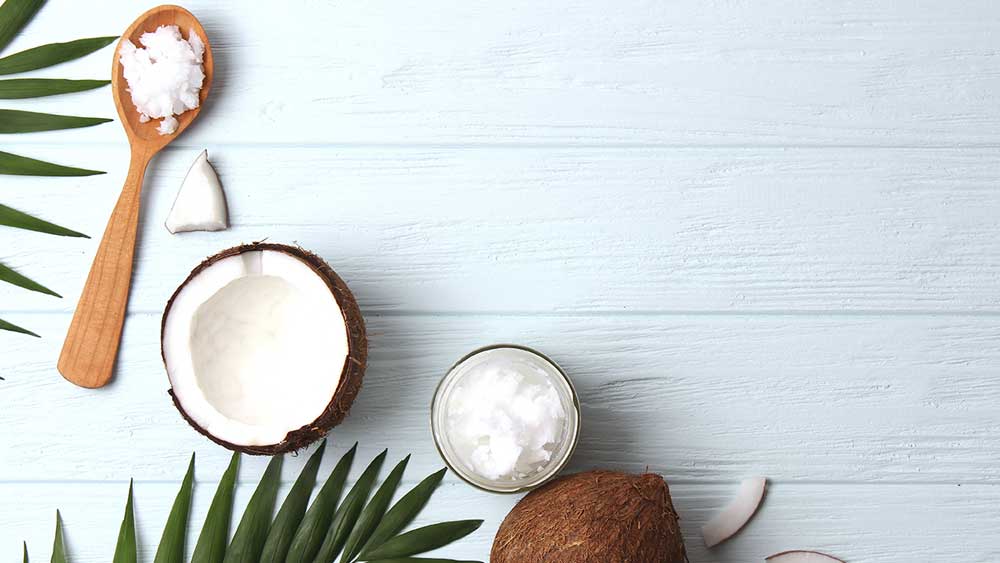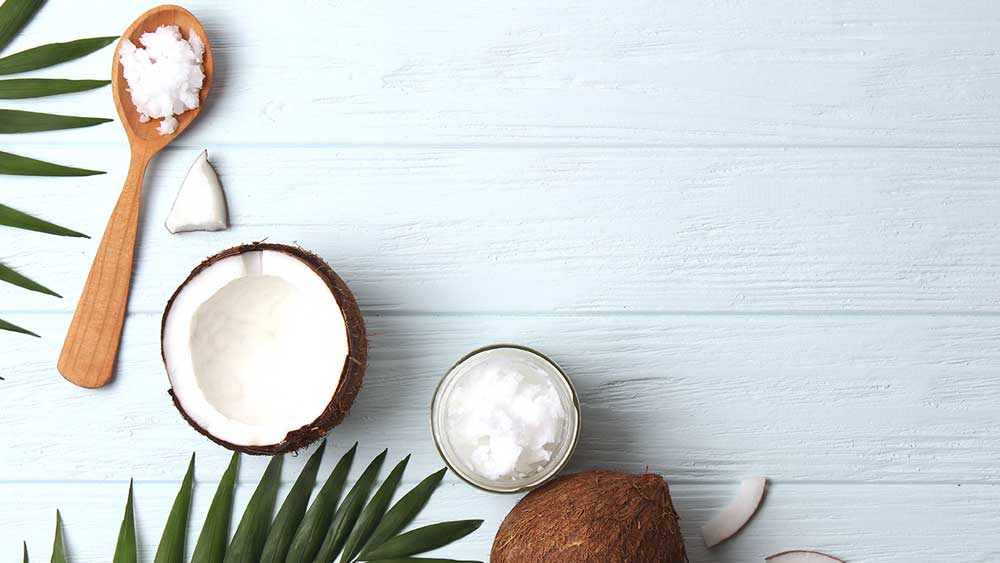
Capric caprylic triglyceride
- Derived from: coconut
- Pronunciation: \kə-ˌprik-\ \kə-ˌpril-ik-\ \trī-ˈgli-sə-ˌrīd\
- Type: Naturally-derived
- Other names: Capric or caprylic triglyceride
What Is Capric Caprylic Triglyceride?
Capric or caprylic triglyceride is a clear liquid derived from coconut oil, which is an edible substance that comes from the coconut nut of the coconut palm tree. Coconut palms, cocos nucifera, grow around the world in lowland tropical and subtropical areas.[1] Healthy coconut palms produce 50 nuts per year, and the tree can be used to produce everything from food and drink to fibers, building materials, and natural ingredients.[2] Capric or caprylic triglyceride is a digestible ingredient used in hundreds of personal care and household products, such as baby wipes, lotion, makeup, deodorant, sunscreen, and hair-care items.[3,4,5]
What Does Capric Caprylic Triglyceride Do in Our products?
Sometimes known as fractionated coconut oil, caprylic or capric triglyceride is widely used in skin products due to its rapid penetration ability.[6] It helps bind moisture to the skin and has a neutral color and odor.[7]
Why Puracy Uses Capric Caprylic Triglyceride
We use capric or caprylic triglyceride in our products as a moisturizer. Palm oil is a common alternative, but it is an endangered resource. The Cosmetic Ingredient Review has deemed capric or caprylic triglyceride safe in cosmetic formulations.[10] Whole Foods has deemed the ingredient acceptable in its body care quality standards.[11] The Cosmetic Ingredient Review has deemed capric or caprylic triglyceride safe for use in cosmetics.[12,13]
How Capric Caprylic Triglyceride Is Made
Caprylic triglyceride is the mixed triester of glycerin and caprylic and capric acids. It is made by first separating the fatty acids and the glycerol in coconut oil. This is done by hydrolyzing the coconut oil, which involves applying heat and pressure to the oil to split it apart. The acids then go through esterification to add back the glycerol. The resulting oil is called capric or caprylic triglyceride. It has different properties from raw coconut oil.[8,9]
Certifications

Sources
[1] University of Florida
[2] University of Hawaii at Manoa College of Tropical Agriculture & Human Resources
[3] Environmental Working Group
[4] Personal Care Council
[5] Leite-Silva, VR, et. al, “Human skin penetration and local effects of topical nano zinc oxide after occlusion and barrier impairment,” European Journal of Pharmaceutics and Biopharmaceutics, 2016 Jul;104:140-7
[6] Zhao, W. et. al, “Caprylic Triglyceride as a Novel Therapeutic Approach to Effectively Improve the Performance and Attenuate the Symptoms Due to the Motor Neuron Loss in ALS Disease,” PLoS One, 2012; 7(11): e49191
[7] Cosmetic Ingredient Review
[8] Driskell, J., Wolinsky, I., eds., Energy-Yielding Macronutrients and Energy Metabolism in Sports Nutrition, CRC Press, Oct. 22, 1999, p. 183
[9]Bubble & Bee Organic
[10] Personal Care Council
[11] Whole Foods Market
[12] Personal Care Council
[13] Personal Care Council


























